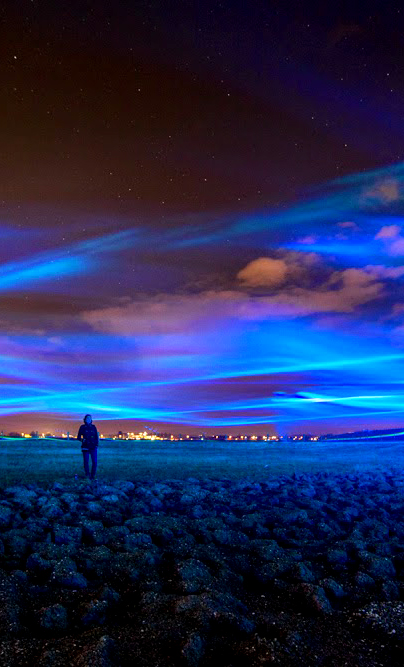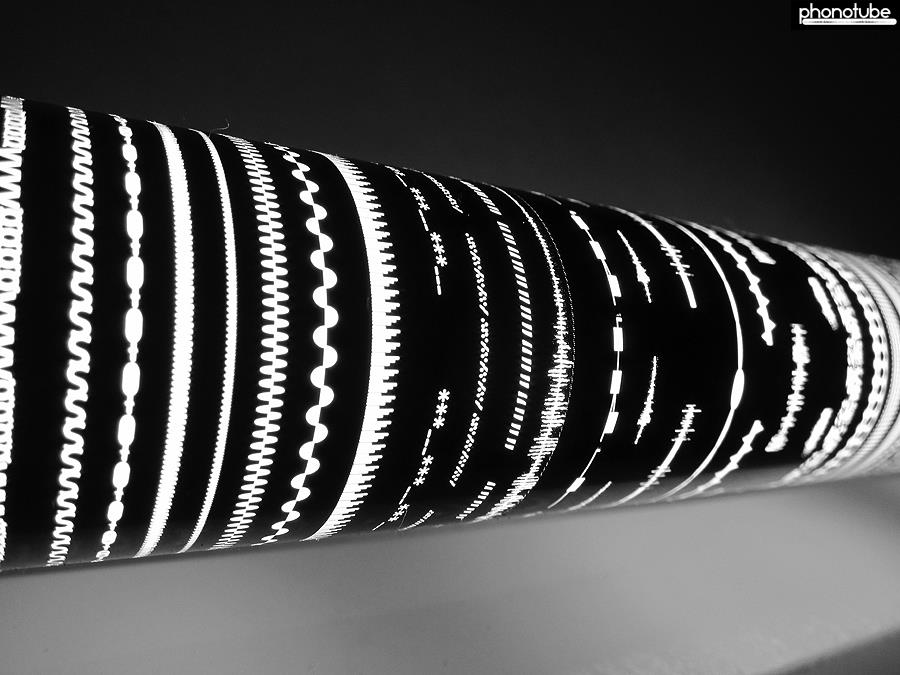A giant rail construction with an organically spiral-shaped spatial structure is put up in the exhibition space. Rolling on that rail are countless balls with built-in full-color LEDs and communication devices. From terminals set up inside the venue, visitors can send commands to the balls to control the timing and coloration of their blinking, and thereby draw three-dimensional afterimage in the air. Through the fusion of a minutely designed rail construction and communication control technology, an unprecedented form of spatial expression was realized in the form of a flexible “light structure“.

Nohlab
Journey
JOURNEY is a 4 min. immersive audiovisual experience, telling the story of photons, primary elements of light, from the moment they approach the eye until the brain reconstructs them into perceivable forms. Our journey begins with the formation of photons in blank space, the colored photons approach the eye and we find ourselves in the capillary structure of Iris, the first layer of the eye. Next stop for the light particles is the Lens, which has a more crystalline form. We find ourselves in a refractive and fractalized environment. With an accelerating pace, we move towards a structure of many capillaries, aka optic nerves, gradually becoming thinner and eventually transmitting light particles towards neurons.













